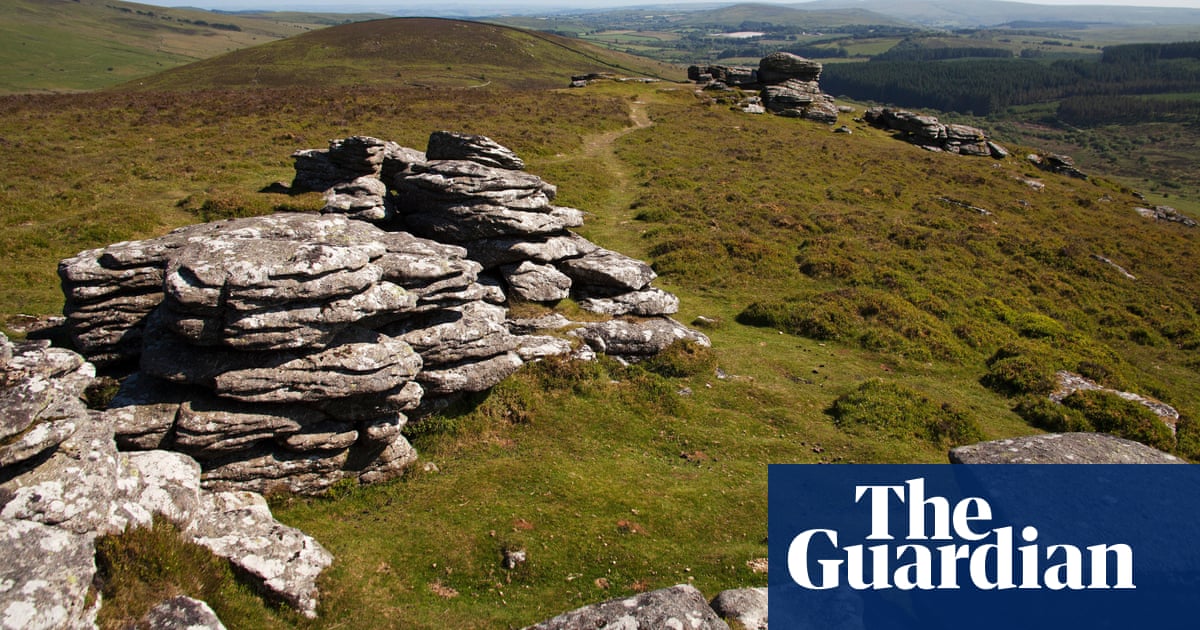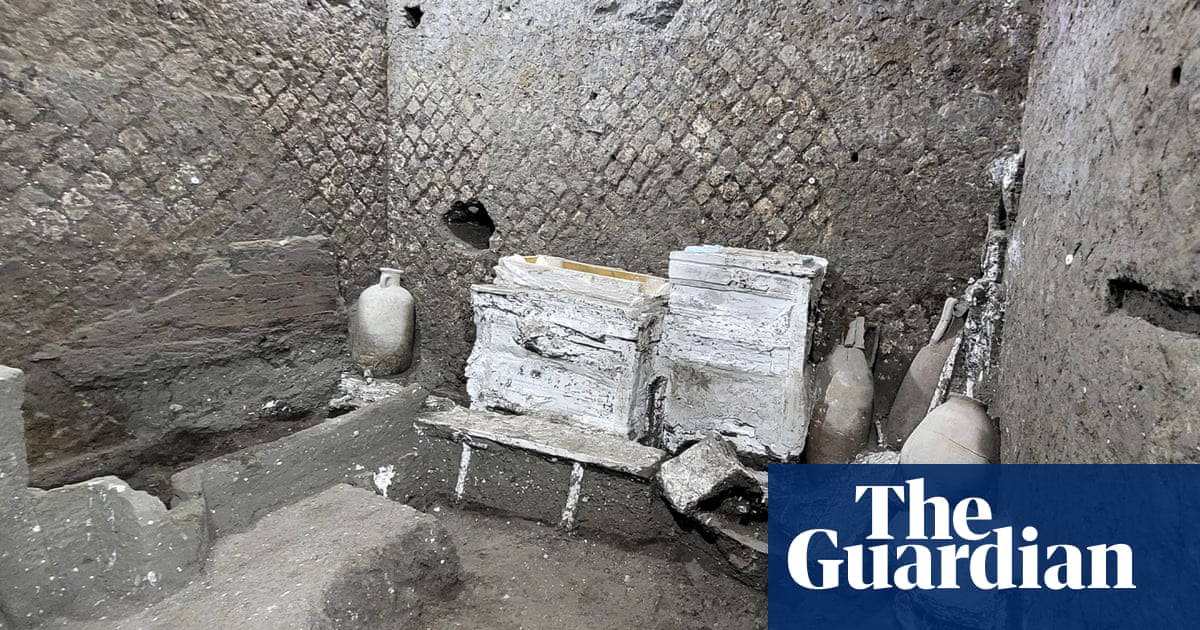
A stone age viewpoint from which ancient people scanned the landscape for prey has been pinpointed by archaeologists and volunteer helpers on a windswept Devon moor.
More than 80 pieces of flint have been recovered during excavations of the spot, which is now farmland near the village of Lustleigh on Dartmoor.
The archaeologists believe ancient people were working on flint cobbles to make tools about 8,000 years ago while keeping careful watch on the landscape for red deer, boar and possibly even reindeer.
Emma Stockley, who is leading a project to find and protect lithic scatters – areas where flints have been worked on – said the discovery was exciting.
“It’s entirely possible this site may have been a viewing point for prey. It’s got really stunning views into surrounding valleys and into the high moor,” she said.
Stockley, a University of Leicester PhD student, is using computer modelling to predict where lithic scatters may be found on Dartmoor.
She said the sites tended to be in the sort of places where modern visitors might stop to rest. “Imagine you go to Dartmoor and want to find a picnic spot. The chances are you will be choosing a spot that is very similar in nature to the spots in the landscape our hunter-gatherer communities chose.
“They tend to face south, have far-reaching views and be on flat spots. They’re not necessarily right on the top – they might be in more sheltered positions.”
Stockley said she was fascinated by the idea of Mesolithic hunter-gatherers on Dartmoor. “This is the last time we were hunter-gatherers roaming the landscape following migrating prey for food, foraging and making use of the environment in quite a sustainable way.”
Most of the 80 pieces found near Lustleigh were the waste product from the manufacturing process, though some small tools have also been discovered.
“We know they are manufacturing tools because we are finding all parts of the process,” said Stockley. “Flint is not native to Dartmoor, so any piece we find has been brought to Dartmoor by a human.”
Dartmoor national park archaeologist Lee Bray, who is supervising the dig, said: “Not only will this research add to our knowledge of this important period in Dartmoor’s human past but it will also help us develop techniques for managing Dartmoor’s archaeological heritage so the landscape is better understood, valued and looked after.”












